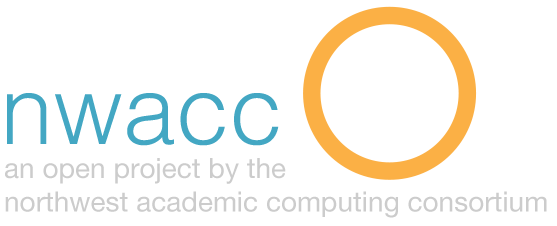Writing Measurable Learning Outcomes
Description
Learning outcomes (also called learning objectives) are statements that clearly describe what students should be able to demonstrate with measurable evidence related to knowledge, skills, and values, at the end of an instructional activity.
Purpose
Measurable learning outcomes are foundational for student learning to be verified consistently and objectively. Effectively-written learning objectives should provide the learner with a connection between the course materials, the learning activities, and the assessments. Learning outcomes should be clearly written from a student’s perspective, and detailed such that the evaluation of the learning can be compared against the desired learning objective.
Procedure
- Begin by asking yourself what students should be able to do upon the completion of the course or course unit. For each outcome, finish the sentence: “After this unit, you should be able to….”
- Consider the Bloom’s Taxonomy levels of learning to determine whether the desired outcome is a lower or higher level (see https://www.nwacco.org/card/bloomstaxonomy). Is the learning level more at an understanding or knowledge level? Or is it more closely resembling the application, analysis, or creation levels?
- Select the best measurable verb to use with the outcome object. Clarify as appropriate, for example: “Read the book” would be more clearly written, “Read the complete book aloud for 20 minutes” or “in front of an audience of our peers,” etc.
- Avoid general terms that are open to variable interpretation. Ask yourself if it is reasonable to believe that several similar colleagues would each assess the work in a comparable manner. If the outcome is written too broadly, it might be too difficult to interpret consistently for both faculty and students.
- If possible and appropriate, identify an authentic and relevant assessment method by which the outcome is best measured.
- Specify criteria concerning expected standard of performance. Consider that you might design a rubric to measure the performance. What ratings might the rubric criteria identify? What does “excellent” denote? Very good? Good? Needs work? Describe the desired standard within the outcome statement.
- Review the learning outcome statement for understanding and relevance from the student perspective. Analyze against your course materials, learning activities, and assessments to ensure that each supports and aligns for student success in accomplishing the learning outcomes.
Considerations
Remember: using “understand” or “know” as the verb for your learning outcome statement is not measurable. It is important to indicate what a student can do or produce when they understand or know the course content.
Level
Beginner
References
Yokomoto, Charles and Botswick, W. “Modeling the process of writing measurable outcomes for EC 2000.” FIE’99 Frontiers in Education. 29th Annual Frontiers in Education Conference. Designing the Future of Science and Engineering Education. Conference Proceedings. <https://ieeexplore.ieee.org/abstract/document/839212>.
Declan, Kennedy. “Writing and using learning outcomes: a practical guide.” Cork, University College Cork. Web. <https://cora.ucc.ie/handle/10468/1613>.
Bresciani, Marilee. “Writing Measurable and Meaningful Outcomes.” National Association of Student Personnel Administrators NetResults. Web. <https://www.utep.edu/student-affairs/_Files/docs/Assessment/Writing-Measurable-and-Meaningful-Outcomes.pdf>.


